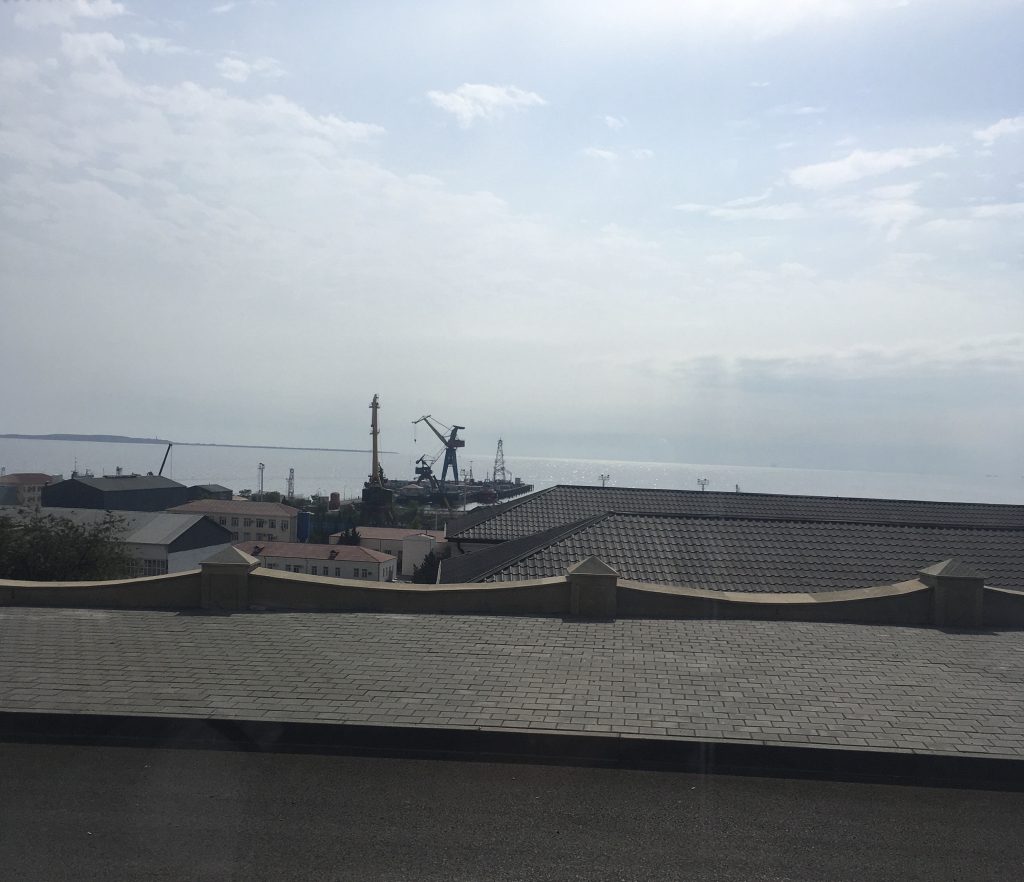
coworkforum.net ” Adults need a success “
I dedicate this post for engineering and whose job is engineer help to improve his/her experience.
Our company is service provider of Caspian sea.We work unlimited hours in the industrial sector.Our mission is to present new innovation of products.We hope that Our job is well-organized.We have high personells to demonstration the job of projects.We always design and imagine of new opportunities to the Adults,Students,Business Leaders and young people.The next project is to climb new step in industrial sector.We share our ambitious to the world wide with operators of companies.
A welding inspector is responsible for ensuring that welded structures and components meet quality and safety standards as per industry codes, standards, and regulations
The different types of welding inspection methods include visual inspection, radiographic testing, ultrasonic testing, magnetic particle testing, and liquid penetrant testing.
Some common welding defects that a welding inspector might look for include porosity, cracking, undercutting, lack of fusion, and incomplete penetration.
A welding inspector must be familiar with codes and standards such as the American Welding Society (AWS) D1.1 Structural Welding Code, the ASME Boiler and Pressure Vessel Code, and the API 1104 Welding of Pipelines and Related Facilities.
Non-destructive testing methods allow for the inspection of the weld without damaging the test piece, which can save time and money, and allow for the inspection of critical components that cannot be destroyed.
A welding inspector must wear appropriate personal protective equipment (PPE) such as safety glasses, gloves, and a welding helmet. They must also be aware of potential hazards such as electric shock, burns, and fumes.
Preheating is the process of heating the base metal before welding to improve weld quality and prevent cracking.
Post-weld heat treatment is the process of heating the welded component to a specific temperature and holding it for a specified time to reduce residual stresses and improve the mechanical properties of the weld.
A macroetch test involves examining the weld with the naked eye or a magnifying glass to detect defects, while a microetch test involves using a microscope to examine the structure of the weld to detect any defects.
A radiographic film interpreter is responsible for examining radiographic film images of welds to detect any defects or anomalies, and they must have a thorough understanding of radiographic principles and techniques.
See you soon.(“November Posts looks like a automative systems”) “Be creative “

Leave a Reply